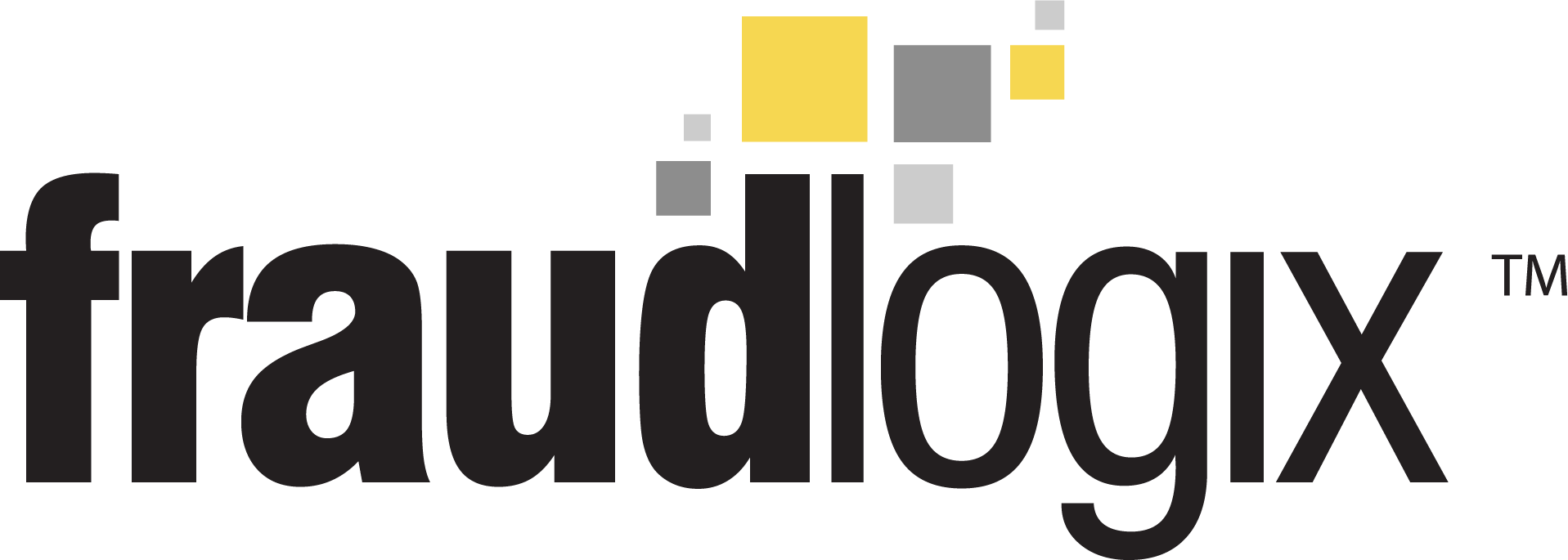In the digital advertising industry, one of the biggest challenges is dealing with fraudulent traffic. Unfortunately, bots are often used to generate fake clicks and views, which can skew campaign metrics and make it difficult for advertisers to accurately measure the success of their campaigns. By taking steps to block bots and flagging bot clicks separately, advertisers can improve their click-to-conversion rates and attract more affiliates.
The use of bots can result in inflated click-through rates (CTR) and conversion rates, making it difficult to determine the true performance of a campaign. By blocking bots and reporting them separately, advertisers can get a more accurate picture of how their campaigns are performing. This allows them to promote their campaigns as high performers, which can be a powerful recruitment tool for affiliates.
Affiliates are an important part of the digital advertising ecosystem, as they help drive traffic and sales for merchants. When a merchant can demonstrate that their campaigns are high performers, they are more likely to attract more affiliates. This, in turn, can lead to more volume and sales for the merchant.
Furthermore, when identical campaigns are offered on two different tracking platforms, affiliates tend to run with the tracking platform that shows the best campaign metrics. This is because affiliates want to promote campaigns that are likely to convert, and by blocking bots and reporting them separately, advertisers can demonstrate that their campaigns are high performers.
Blocking bots and reporting them separately can be a powerful tool for advertisers looking to improve their click-to-conversion rates and attract more affiliates. By providing accurate campaign metrics, advertisers can demonstrate the true performance of their campaigns and attract more volume and sales.



